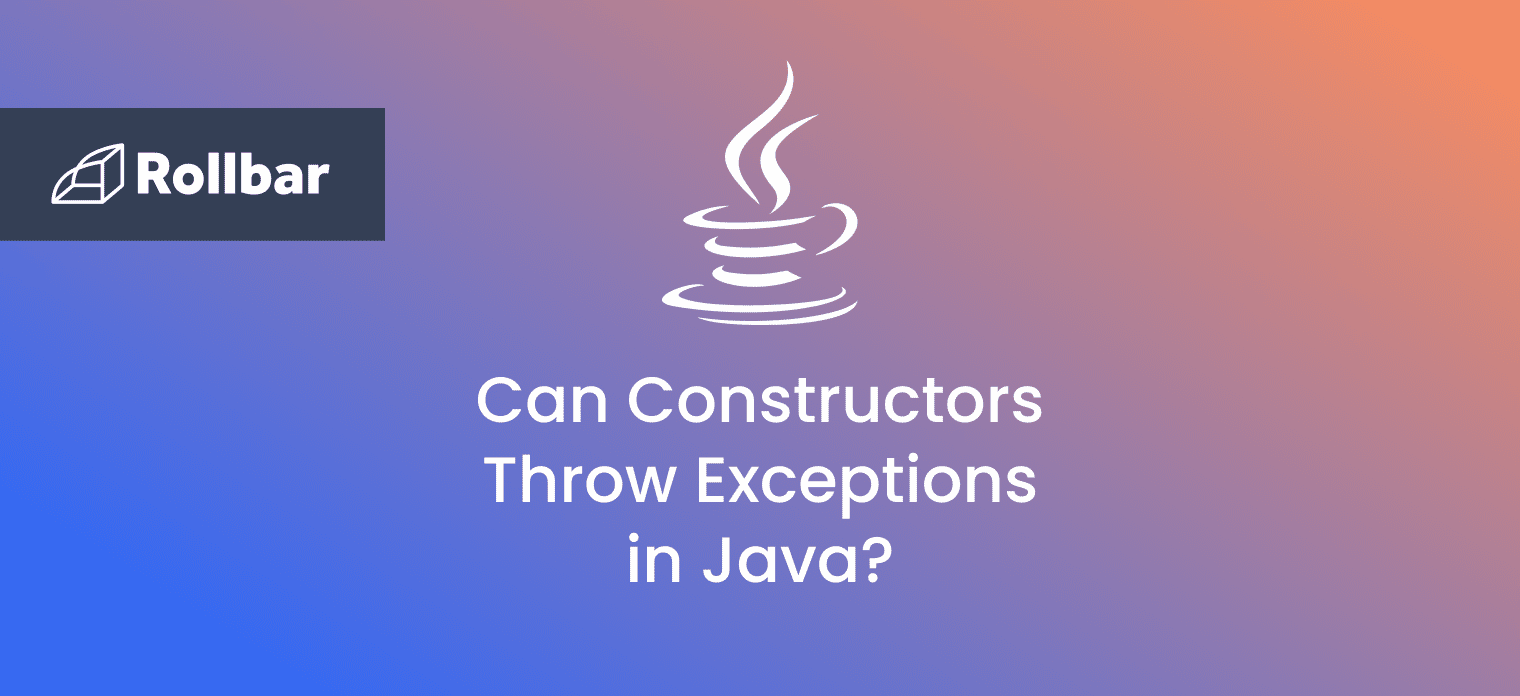The java.io.FileNotFoundException is a checked exception in Java that occurs when an attempt to open a file denoted by a specified pathname fails. This exception is thrown by the FileInputStream, FileOutputStream, and RandomAccessFile constructors when a file with the specified pathname either does not exist or is inaccessible.
Since FileNotFoundException is a checked exception, it must be explicitly handled in methods which can throw this exception - either by using a try-catch block or by throwing it using the throws clause.
What Causes FileNotFoundException
There are two main scenarios when the FileNotFoundException occurs:
- If a file with the specified pathname does not exist.
- If a file with the specified pathname is inaccessible, for example, if the file is read-only and is attempted to be opened for writing.
FileNotFoundException Example
Here's an example of a FileNotFoundException thrown when trying to access a file that does not exist in the system:
public class FileNotFoundExceptionExample {
public static void main(String args[]) {
BufferedReader br = null;
try {
br = new BufferedReader(new FileReader("myfile.txt"));
String data = null;
while ((data = br.readLine()) != null) {
System.out.println(data);
}
} catch (IOException ioe) {
ioe.printStackTrace();
} finally {
try {
if (br != null) {
br.close();
}
} catch (IOException ioe) {
ioe.printStackTrace();
}
}
}
}In the above example, a file with the name myfile.txt is attempted to be accessed. However, since no such file exists in the system, a FileNotFoundException is thrown:
java.io.FileNotFoundException: myfile.txt (No such file or directory)
at java.base/java.io.FileInputStream.open0(Native Method)
at java.base/java.io.FileInputStream.open(FileInputStream.java:212)
at java.base/java.io.FileInputStream.<init>(FileInputStream.java:154)
at java.base/java.io.FileInputStream.<init>(FileInputStream.java:109)
at java.base/java.io.FileReader.<init>(FileReader.java:60)
at FileNotFoundExceptionExample.main(FileNotFoundExceptionExample.java:10)
How to Fix FileNotFoundException
Since FileNotFoundException is a checked exception, a try-catch block should be used to handle it. The try block should contain the lines of code that can throw the exception and the catch block should catch and handle the exception appropriately.
Some ways to fix the exception are:
- If the message of the exception indicates that no such file or directory exists, the file pathname should be checked again to ensure it is correct and if the file exists at the specified location.
- If the message indicates that access is denied, the permissions of the file should be verified and whether the file is in use by another program.
- If the message indicates that the specified file is a directory, the name of the file should be changed or the existing directory should be deleted if not in use.
Track, Analyze and Manage Errors With Rollbar
Managing errors and exceptions in your code is challenging. It can make deploying production code an unnerving experience. Being able to track, analyze, and manage errors in real-time can help you to proceed with more confidence. Rollbar automates error monitoring and triaging, making fixing Java errors easier than ever. Sign Up Today!








